Cambodia, a land steeped in rich history and vibrant culture, is renowned for its breathtaking temples that date back to the height of the Khmer Empire. These architectural marvels, with their intricate carvings and majestic structures, draw millions of visitors each year.
From the iconic Angkor Wat to the lesser-known but equally enchanting Banteay Srei, Cambodia’s temples offer a window into the country’s ancient past and spiritual heritage. Join us as we explore eight of the most famous temples in Cambodia, each with its unique charm and historical significance.
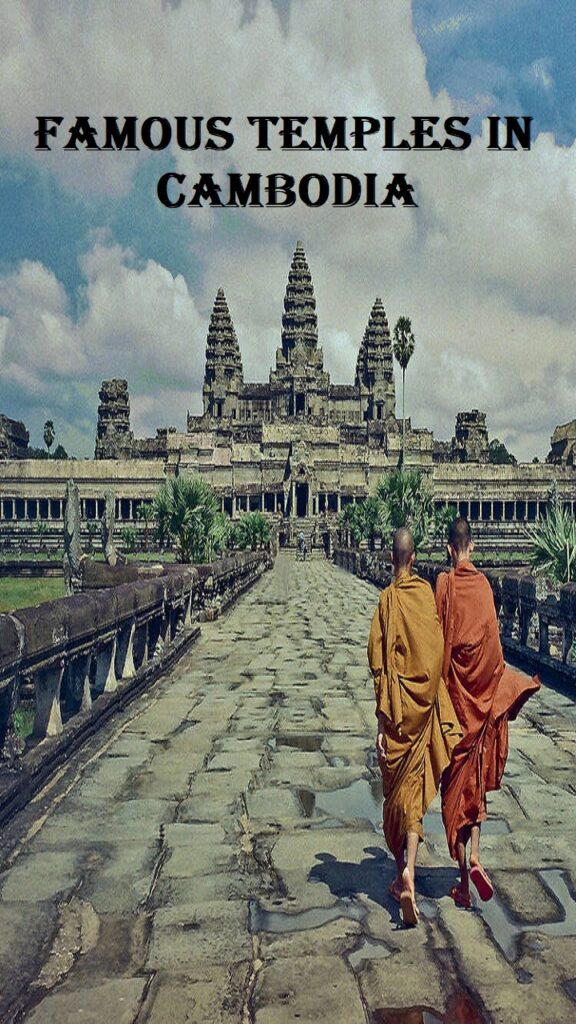
Famous Temples In Cambodia
1. Angkor Wat – Thelargest religious monument in the world, originally built in the early 12th century as a Hindu temple dedicated to Vishnu. It later transformed into a Buddhist temple. Known for its grandeur and extensive bas-reliefs, Angkor Wat is an architectural masterpiece that represents the pinnacle of Khmer architecture. The temple’s five towering spires symbolize Mount Meru, the home of the gods in Hindu mythology.
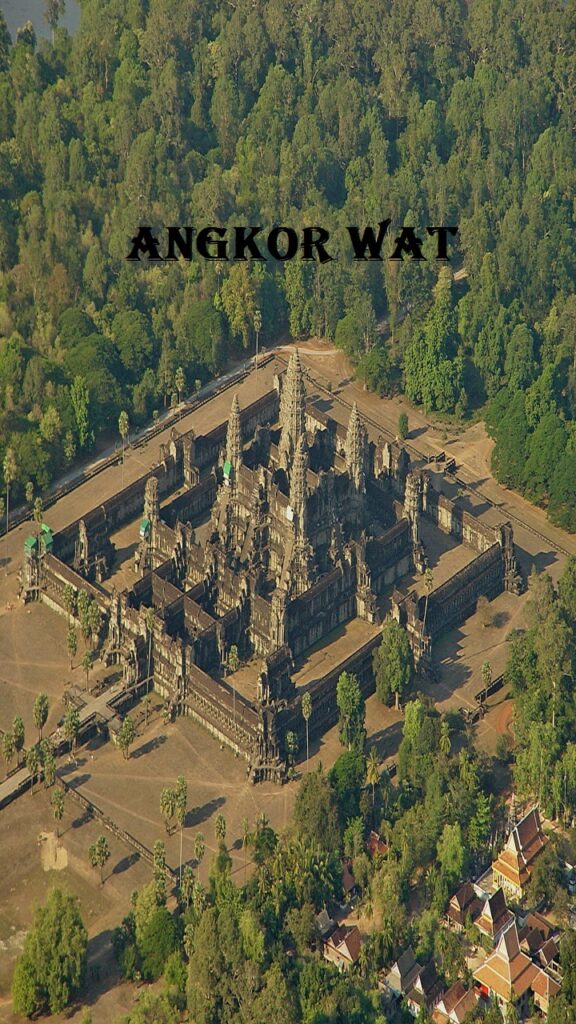
2. Bayon Temple – Located in the heart of Angkor Thom, Bayon Temple is famous for its 216 smiling stone faces that adorn its many towers. Built in the late 12th century by King Jayavarman VII, Bayon is a Mahayana Buddhist temple with a rich history. The temple’s intricate carvings depict everyday life and historical events, offering a glimpse into the Khmer Empire’s past.
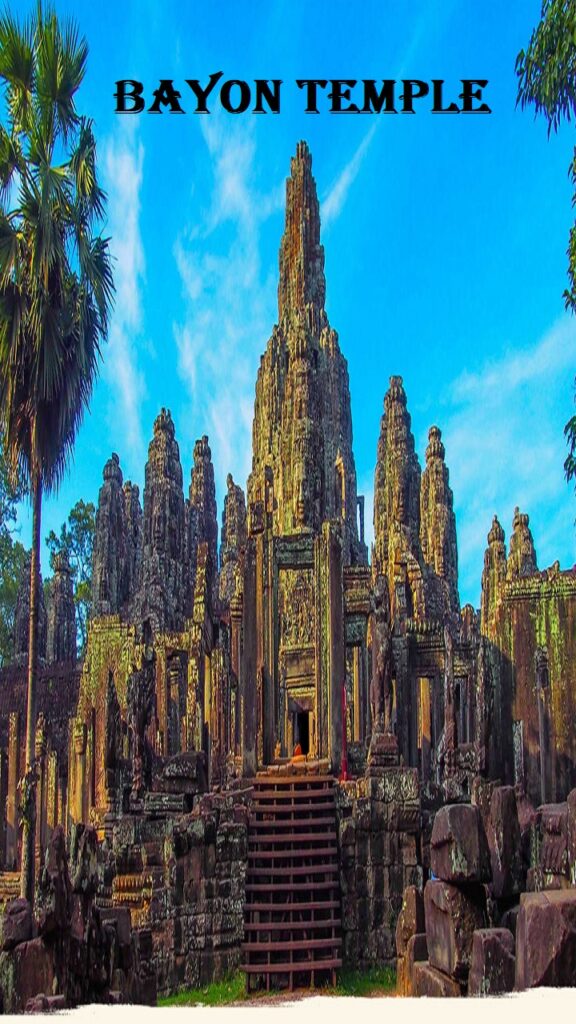
Temples to Visi In Cambodia
3. Ta Prohm – Ta Prohm is best known for the giant trees and sprawling roots that have intertwined with the temple ruins, creating a unique and iconic scene. Built in the late 12th and early 13th centuries, Ta Prohm was a Buddhist monastery and university. Unlike many other Angkorian temples, Ta Prohm has been left largely unrestored, allowing visitors to experience its natural state.
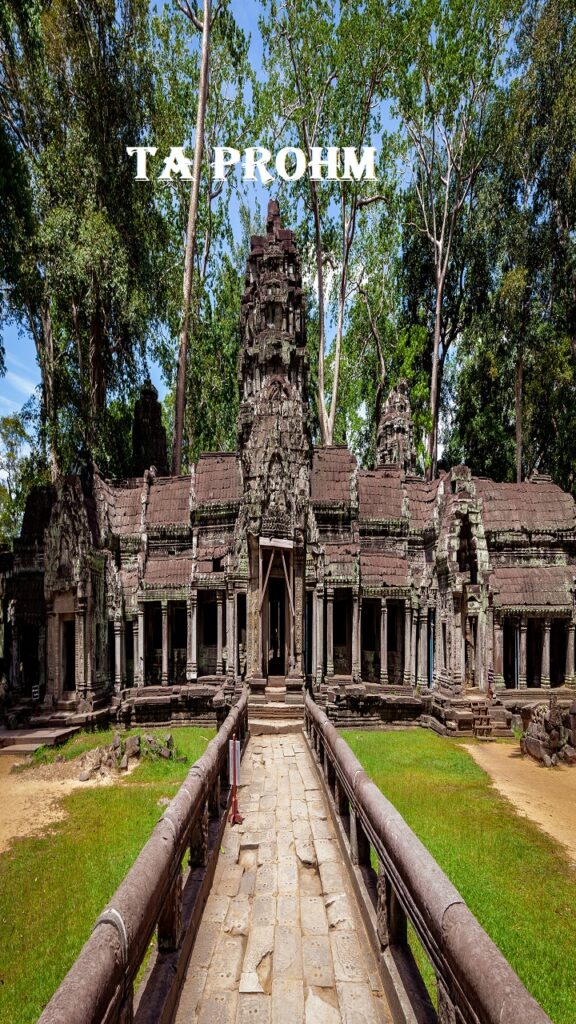
4. Banteay Srei – Often referred to as the “Citadel of Women,”. Banteay Srei renowned for the exquisite carvings that cover its red sandstone walls. Constructed in the 10th century, this Hindu temple dedicated to Shiva is smaller in scale but unmatched in detail. The delicate and intricate artwork at Banteay Srei showcases the pinnacle of Khmer artistry.
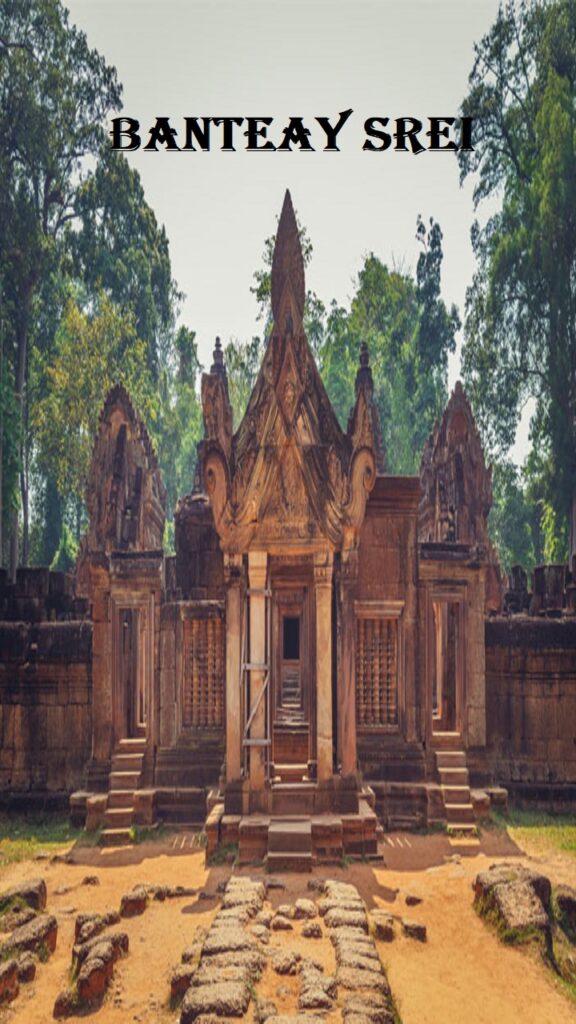
5. Preah Khan – Preah Khan, meaning “Royal Sword,” built by King Jayavarman VII in the late 12th century as a Buddhist monastery and university. This sprawling complex features numerous sanctuaries, courtyards, and ceremonial spaces. Preah Khan is unique for its well-preserved carvings. The fact been left relatively unaltered, retaining much of its original structure and charm.
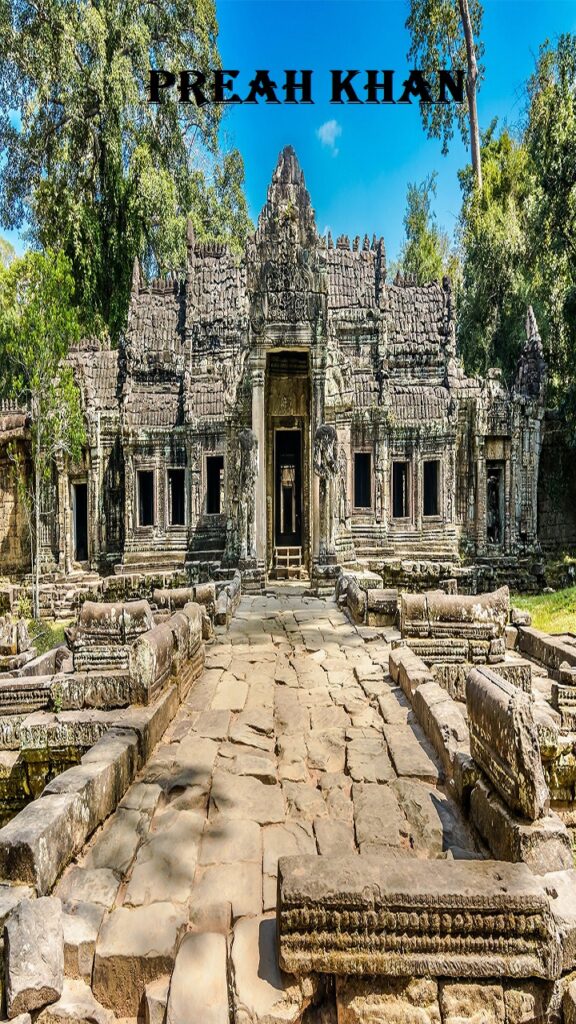
Temples To See in Cambodia
6. Baphuon Temple – The Baphuon is a massive temple mountain in Angkor Thom. This dedicated to Shiva and built in the mid-11th century. Known for its impressive size and complex structure, the Baphuon features a grand three-tiered pyramid and a long causeway. Restoration efforts have revealed a reclining Buddha statue, adding to the temple’s historical and spiritual significance.
7. Phnom Bakheng – Phnom Bakheng is a temple mountain that offers one of the best sunset views over Angkor Wat and the surrounding area. Built at the end of the 9th century, it was the state temple of King Yasovarman I. The temple’s central sanctuary and five-tiered structure reflect its importance. It provide a glimpse into the early stages of Khmer temple architecture.
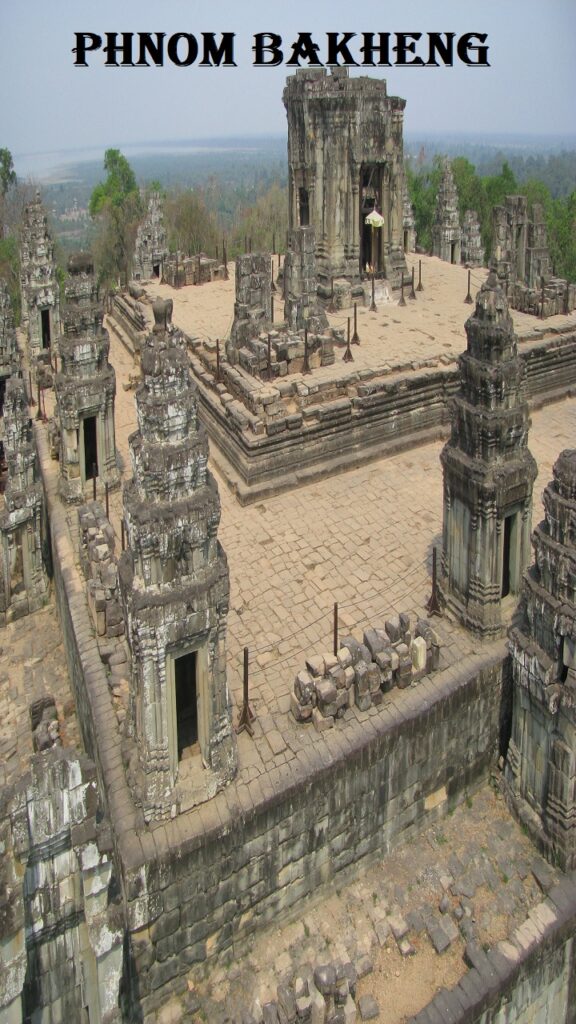
8. Ta Keo – It stands out as one of the tallest temples in Angkor, constructed entirely of sandstone. Built in the early 11th century, this temple dedicated to Shiva but was never completed. Despite its unfinished state, Ta Keo’s massive scale and stark simplicity make it a fascinating site. Showcasing the grandeur of Khmer architectural ambitions.
These eight temples highlight the rich cultural and historical heritage of Cambodia. Each offering a unique story and architectural wonder for visitors to explore.
Conclusion
The temples of Cambodia stand as enduring testaments to the ingenuity and spiritual devotion of the Khmer civilization. Visiting these sacred sites provides not only a glimpse into the architectural brilliance of ancient times. But also an opportunity to experience the deep cultural and religious roots that continue to influence Cambodian life today.
Contents





